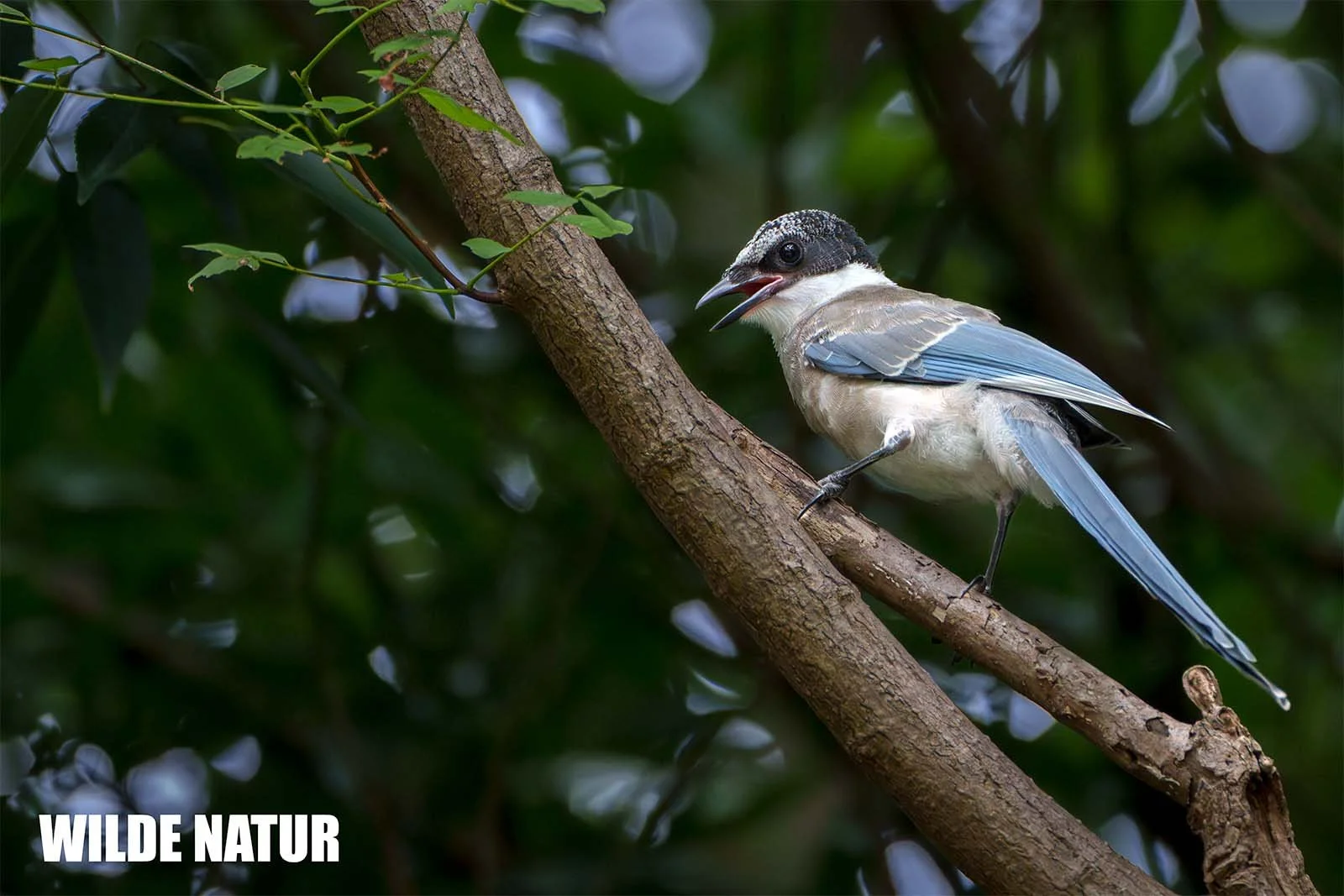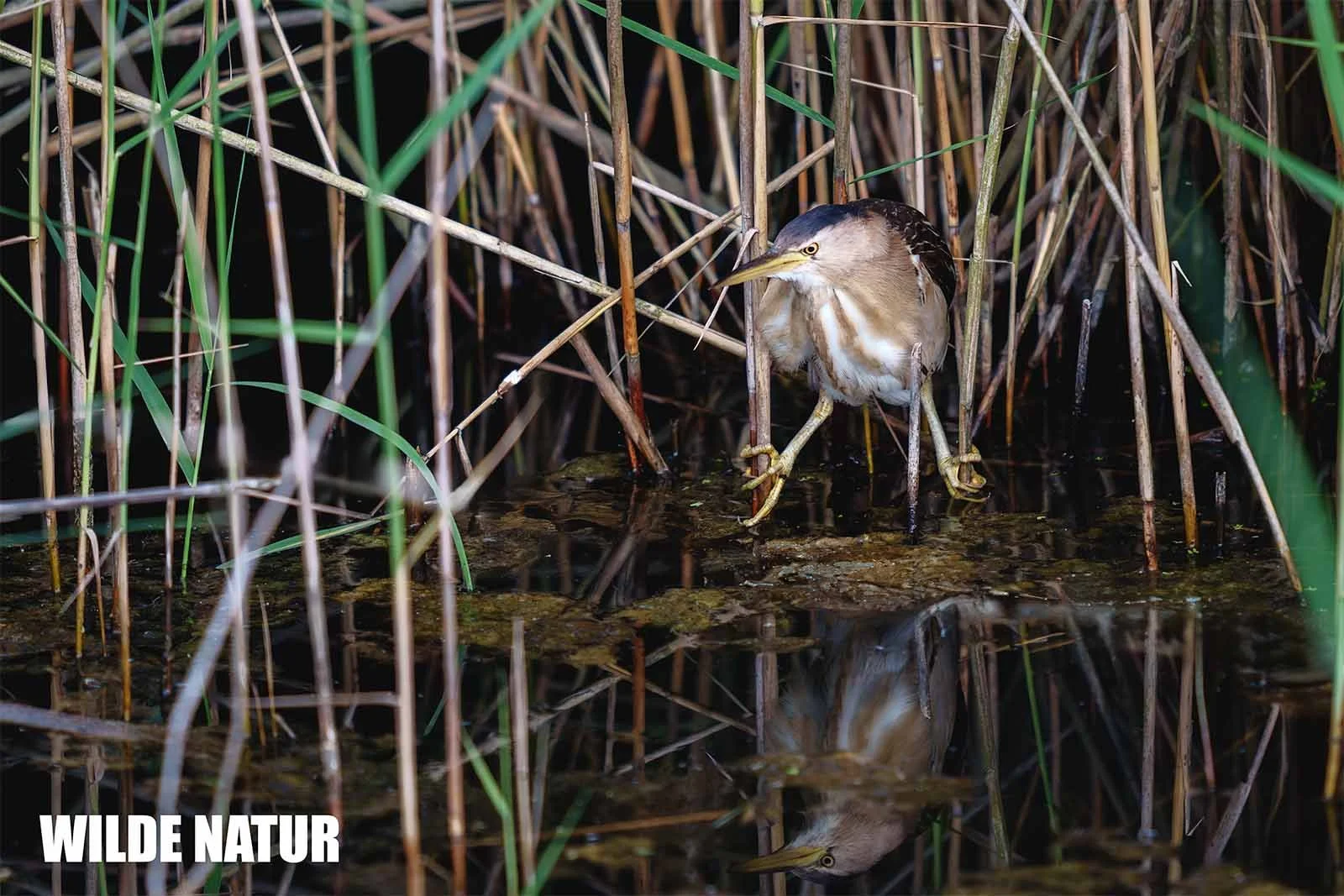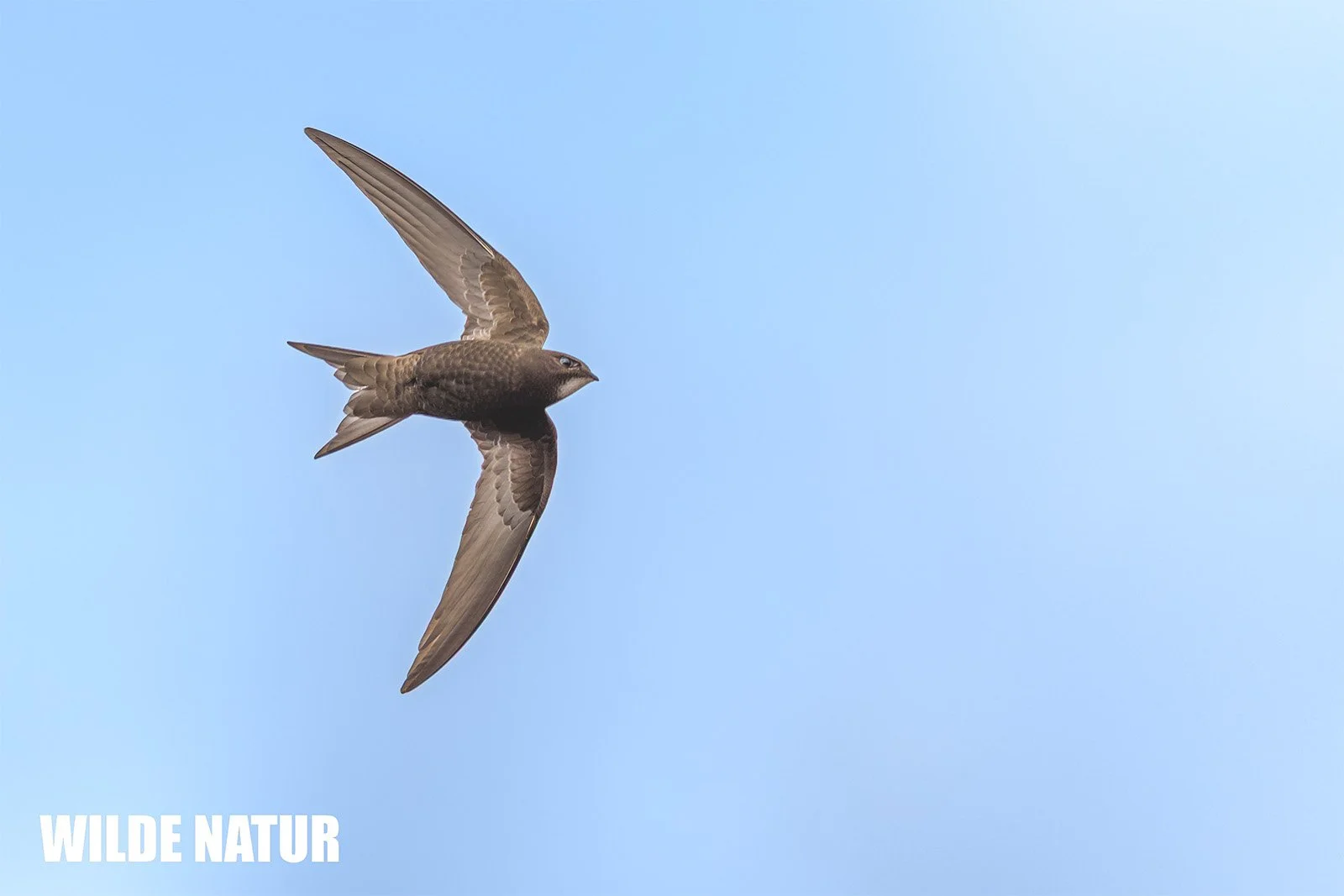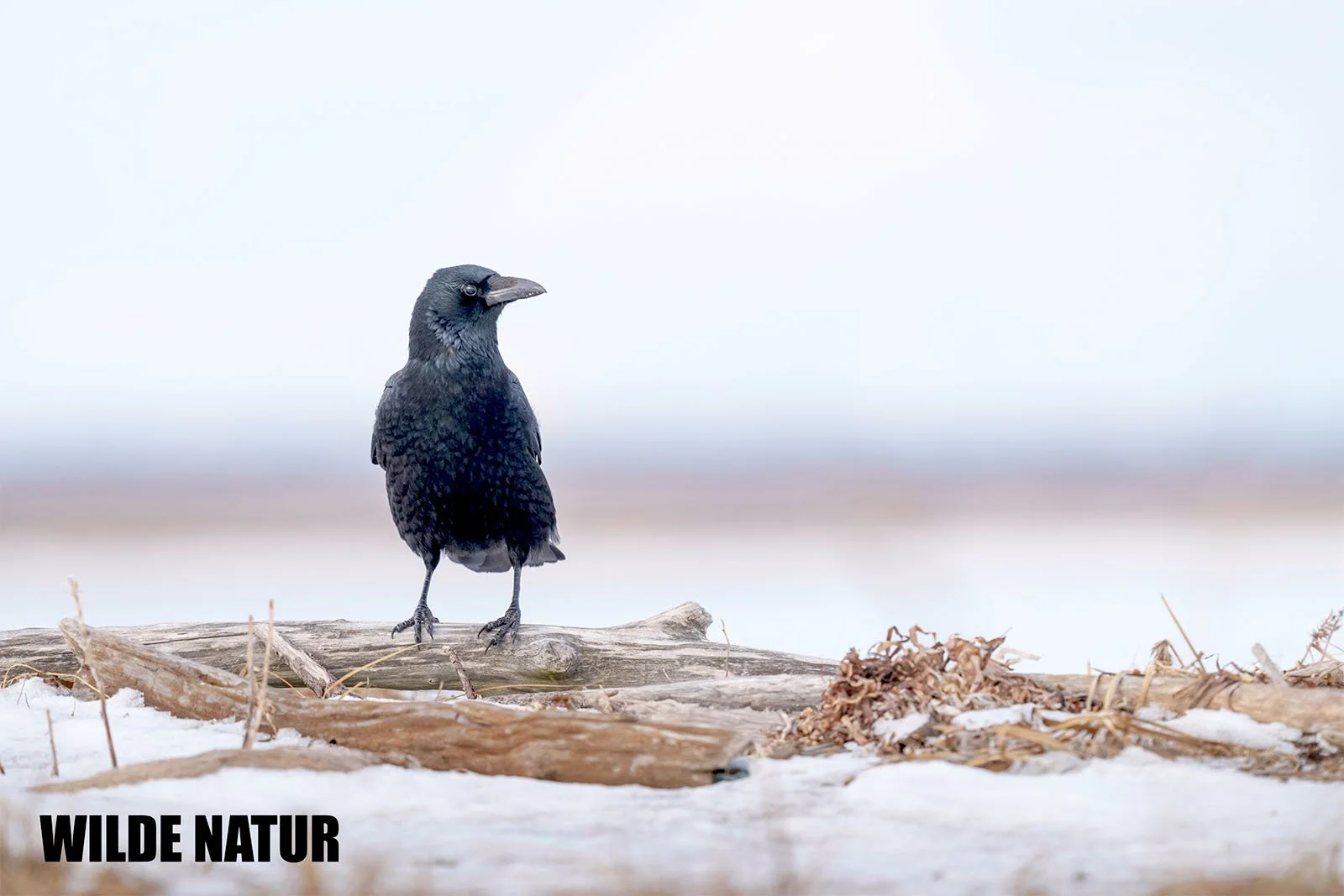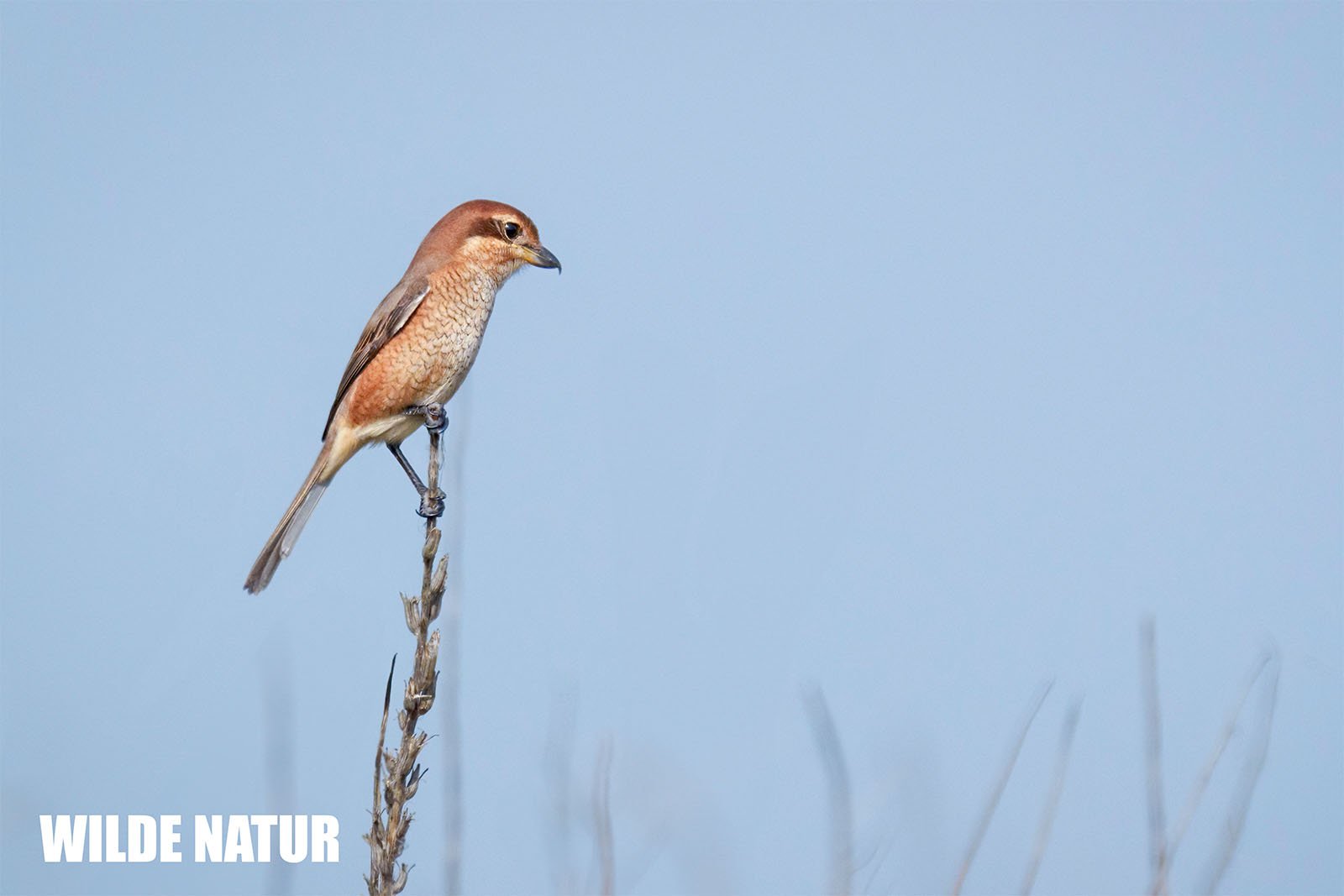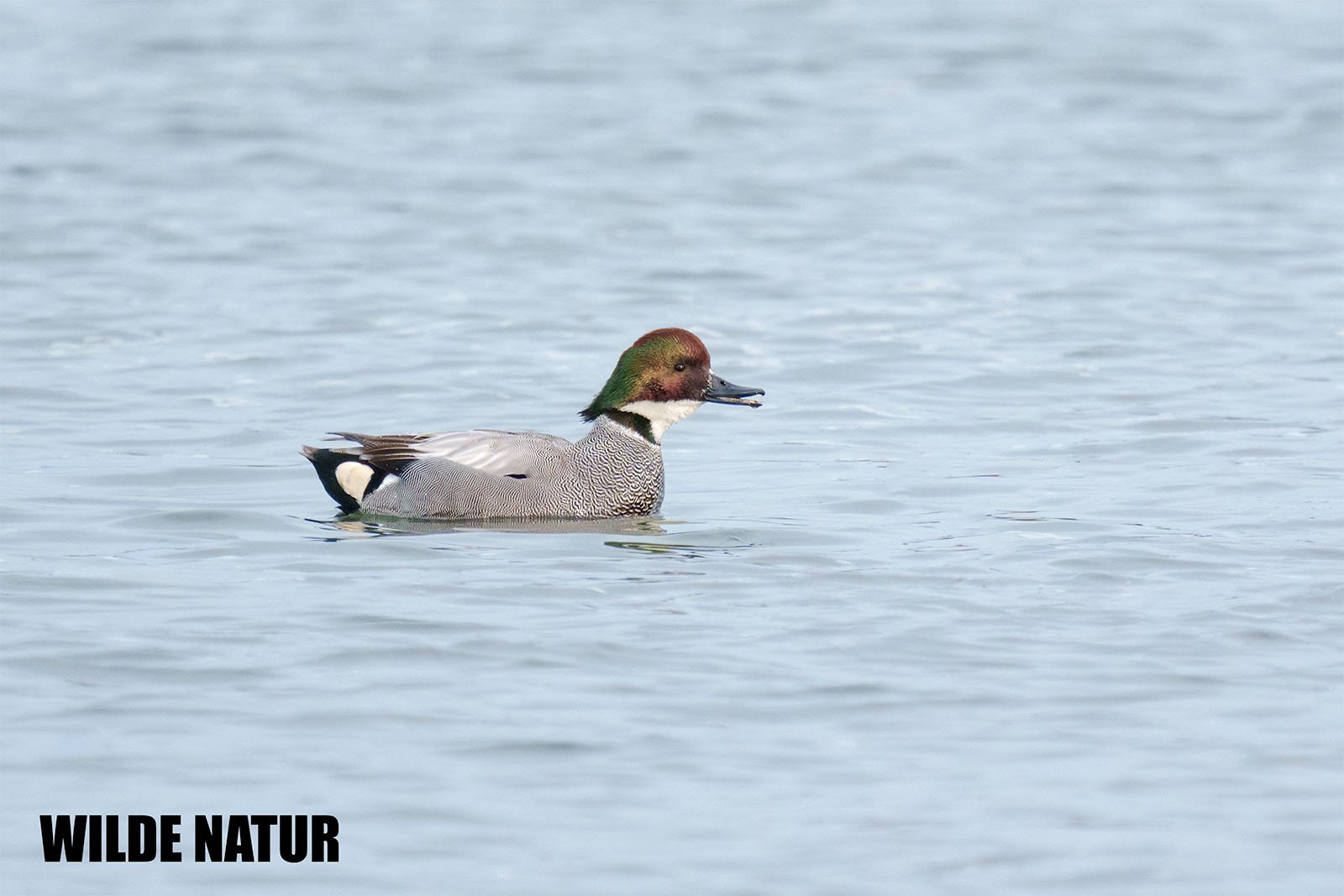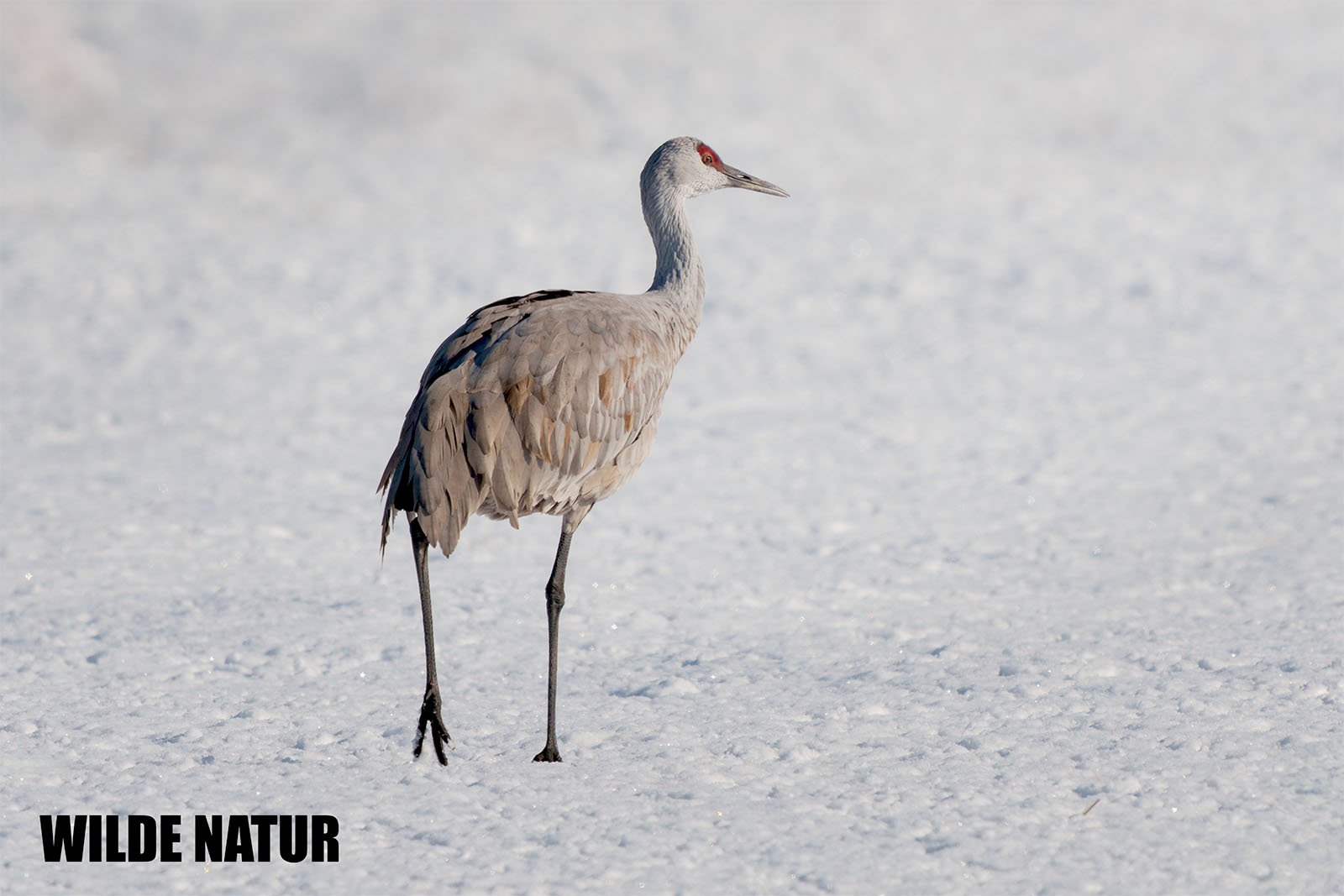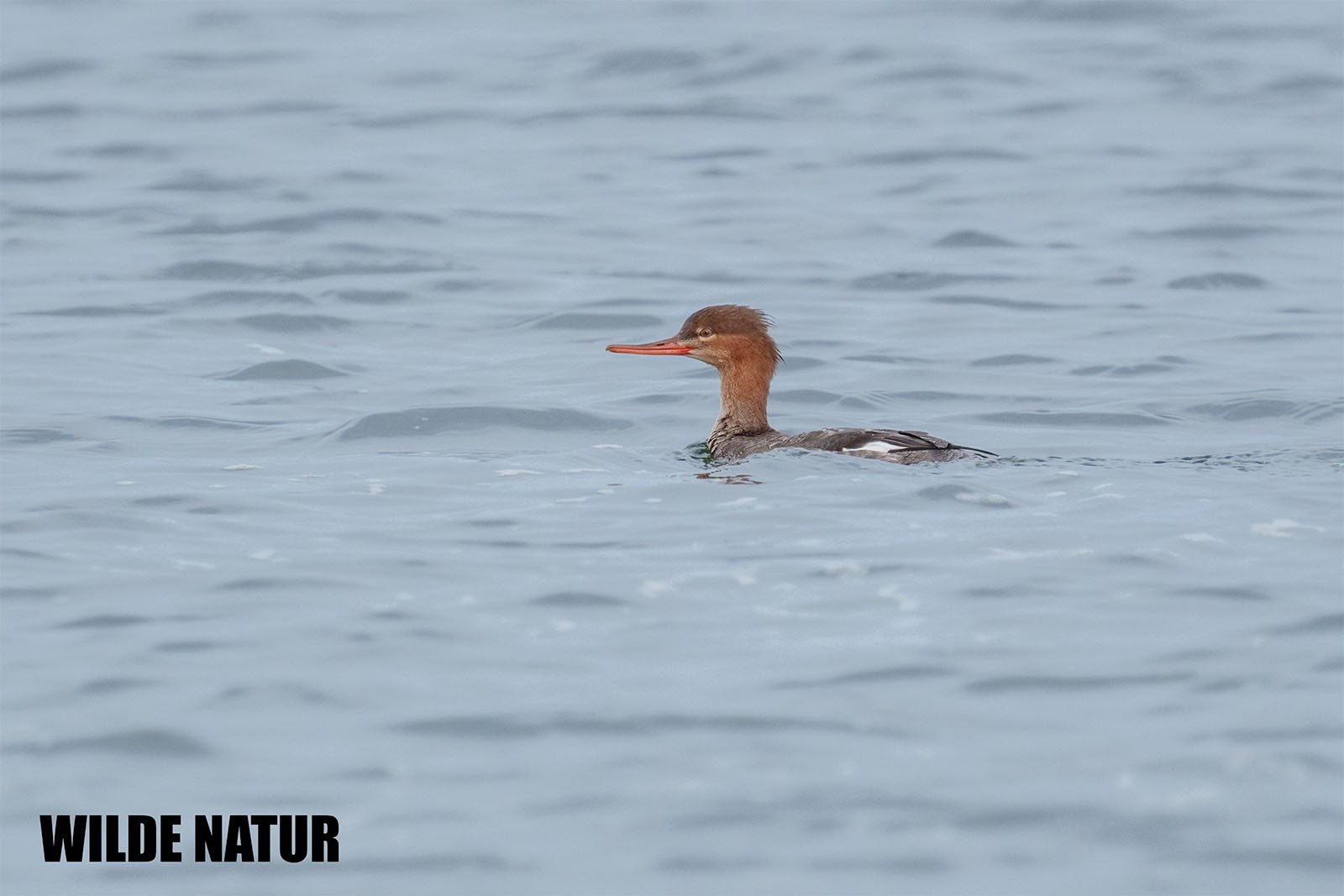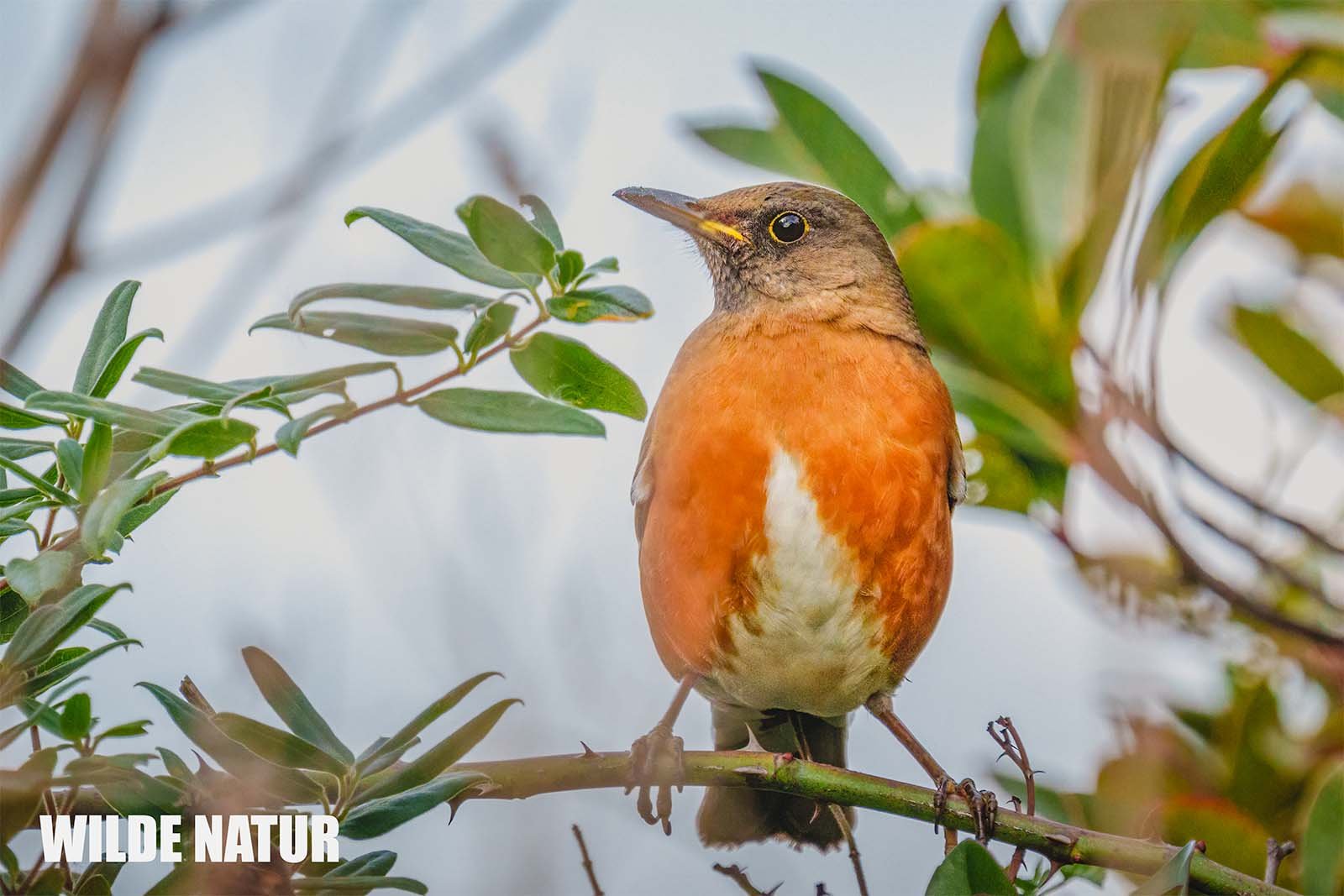Great Grey Shrike (Lanius excubitor)
Great grey shrike (Lanius excubitor)
The Great Grey Shrike – The Masked Hunter of the Bird World
Discover the Great Grey Shrike (Lanius excubitor): habitat, diet, appearance, and breeding. A unique songbird with predator-like behavior!
Table of Contents
- Key Facts: Great Grey Shrike at a Glance
- Introduction: The Masked Predator
- Appearance: Elegance and Strength in Contrast
- Habitat: Open Landscapes with Good Visibility
- Breeding: Safe Nests for the Young
- Diet: A Hunting Expert with Unique Behavior
- FAQ: Frequently Asked Questions About the Great Grey Shrike
- Quick Facts – Color Features
Key Facts: Great Grey Shrike at a Glance
- Size: 23–26 cm (9–10 inches)
- Weight: 50–75 g (1.8–2.6 oz)
- Feathers: Light grey back, white underside, black facial mask, black wings with white patches, black tail with white edges
- Beak: Strong, black, curved at the tip like a hook
- Eyes: Deep black, alert and sharp, set within the black mask
- Feet: Black, strong, with sharp claws
- Habitat: Open areas with bushes, trees, and fields; Europe, Asia, North America
- Breeding: 5–7 eggs, incubation time 15–17 days
- Diet: Large insects, mice, small birds, and reptiles
- Unique trait: The only songbird with predator-like behavior
Introduction: The Masked Predator
The Great Grey Shrike (Lanius excubitor) is a unique songbird that fascinates with its striking appearance and unusual behavior. It wears a bold black facial mask and behaves like a predator, hunting small animals with precision. Its hooked beak and sharp claws make it an effective hunter, and its habit of impaling prey on thorns is a remarkable feature that sets it apart in the bird world.
Appearance: Elegance and Strength in Contrast
The Great Grey Shrike has a striking and elegant appearance. Its back is light grey, while its underside is pure white. Its most distinctive feature is the bold black facial mask, which stretches from the base of its beak, across its eyes, and gives it a mysterious, "bandit-like" look.
The wings are black with visible white patches, especially noticeable during flight. The long tail is black with white edges, creating a dynamic and stylish pattern. Its strong, hooked beak and sharp claws reflect its role as a skilled predator.
Habitat: Open Landscapes with Good Visibility
The Great Grey Shrike prefers open areas with scattered bushes, trees, and fields. It thrives in farmland, moorlands, and open countryside, where it can easily find elevated perches for hunting. Fence posts, tree branches, or wires serve as excellent spots for the bird to scan its surroundings for prey.
This bird is found across Europe, Asia, and North America, living in both temperate and colder regions.
Breeding: Safe Nests for the Young
The breeding season begins in spring. The Great Grey Shrike builds its nest in bushes or trees, carefully choosing hidden spots for safety. The nest is made of twigs and lined with soft materials like moss or feathers to keep the eggs warm and protected.
Each clutch contains 5–7 eggs, which the female incubates for 15–17 days. Both parents care for the chicks, feeding them until they are ready to leave the nest after 18–20 days.
Diet: A Hunting Expert with Unique Behavior
The Great Grey Shrike is an opportunistic hunter with a diverse diet. It eats large insects like beetles and grasshoppers, small mammals like mice, and even small birds or reptiles. Its most fascinating behavior is impaling its prey on thorns or sharp branches.
This unique behavior helps the bird store food for later and also allows it to tear apart larger prey more easily. From elevated perches, the bird watches for movement and strikes quickly when it spots a suitable target.
FAQ: Frequently Asked Questions About the Great Grey Shrike
1. Why does the Great Grey Shrike impale its prey on thorns?
Impaling prey helps the bird store food for later and makes it easier to tear apart larger prey.
2. Where does the Great Grey Shrike live?
It lives in open landscapes like fields, farmland, and moorlands with scattered trees or bushes.
3. What does the Great Grey Shrike eat?
Its diet includes large insects, mice, small birds, and reptiles.
4. Is the Great Grey Shrike a migratory bird?
In northern regions, it migrates to warmer areas in winter. In southern regions, it stays year-round.
5. How is the Great Grey Shrike different from other songbirds?
It is the only songbird with predator-like behavior, including its unique habit of impaling prey.
Quick Facts – Color Features:
- Back: Light grey
- Underside: White
- Facial Mask: Black
- Wings: Black with white patches
- Tail: Black with white edges



